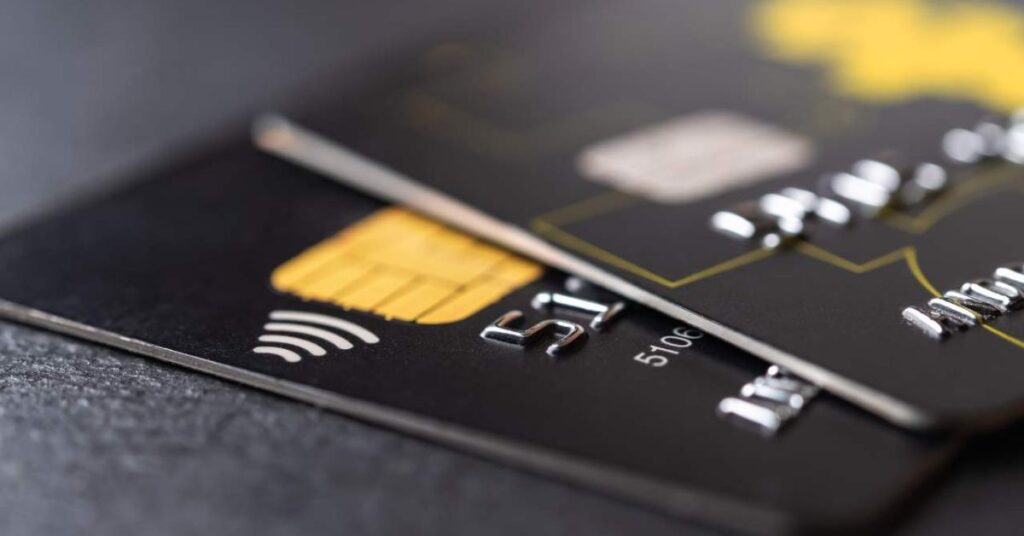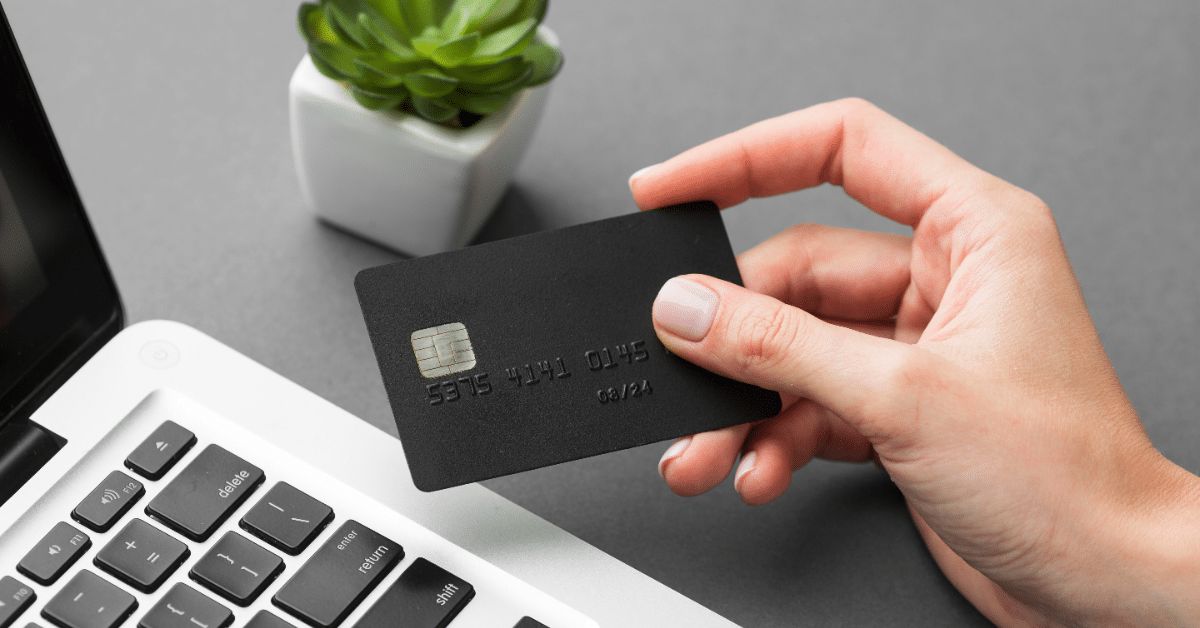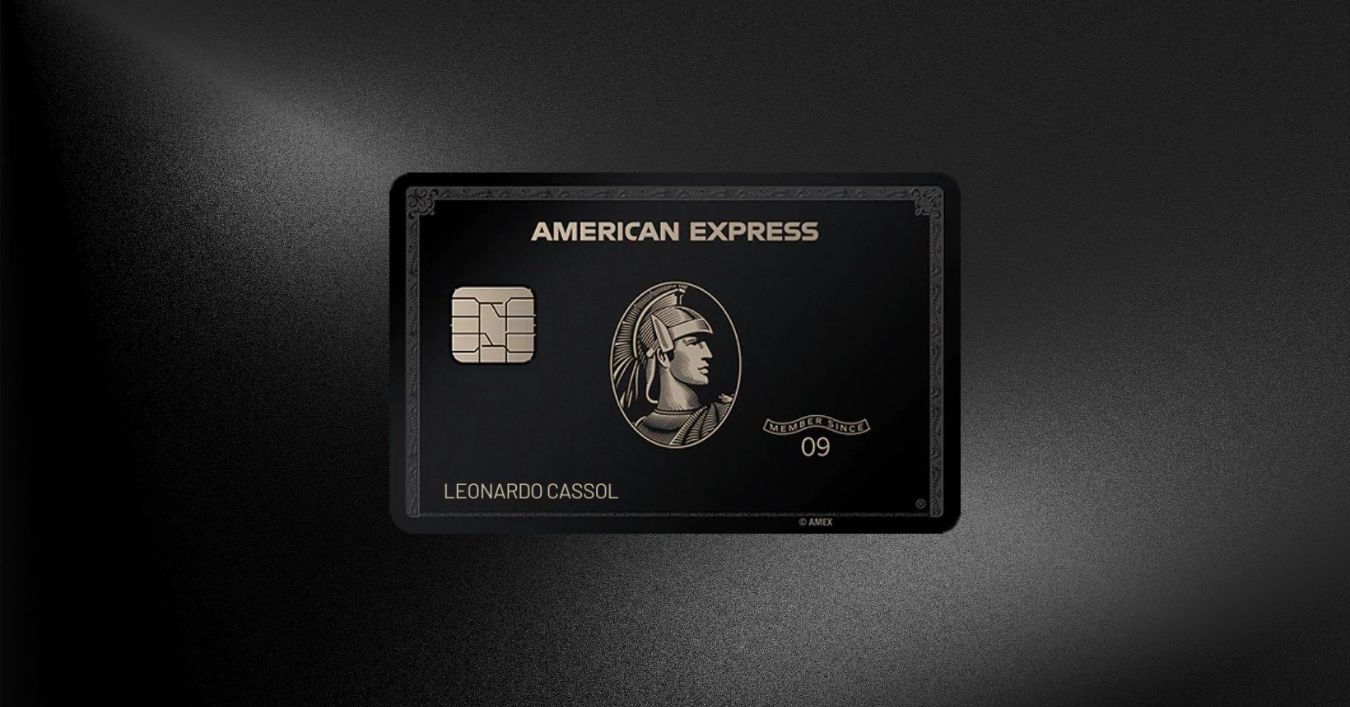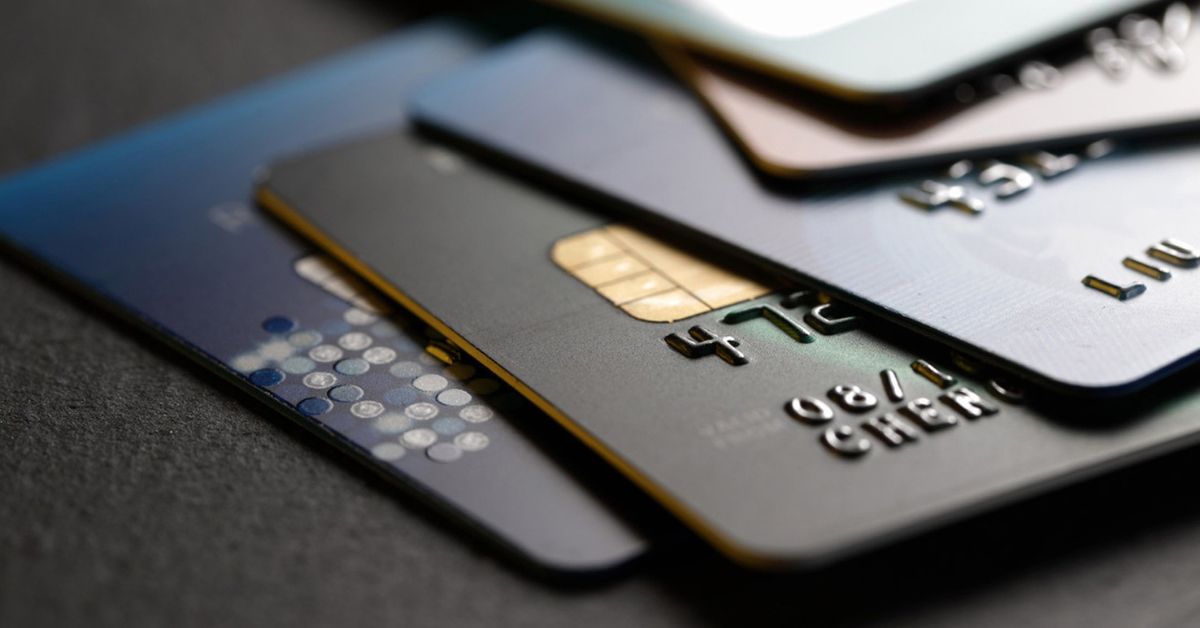Learn how to get a credit card if you have a negative or low credit score.
Learn how to get a credit card if you have a negative or low credit score.: When I, Rafael Morais, first tried to get a credit card, I had no idea how complicated it could be when your credit score is low or even negative. I remember the first time I filled out an application. I felt confident, thinking the bank would approve me because I had a stable job and could pay my bills. Let’s explain about the credit score
However, the reality hit me hard when the message popped up: “Application denied.” At first, I thought it was just bad luck, so I tried again with another bank. The same thing happened. Then a third rejection came, and I realized this was not about luck at all — it was about my credit history and score. Every rejection hurt not only my wallet but also my self-esteem.
👉🏽By accessing this link, you will understand step by step how to do this in an uncomplicated and simple way, because I teach you everything
At that point, I had to make a choice.
I could either give up and keep living without the benefits a credit card offers, or I could take control of my financial life. I chose the second option. Even though my score was far from ideal, I believed there had to be a way to rebuild it while still getting access to a card.
So, I started researching everything I could about credit scores, approval processes, and special programs for people with bad credit. I learned that my score wasn’t just a random number. It was a reflection of my financial habits, my history of on-time or late payments, my debt usage, and even the age of my accounts. Understanding this was the first big step forward.
I also discovered something that completely changed my mindset: many banks and financial institutions have products designed specifically for people in my situation. They know that if you are trying to rebuild your credit and you prove yourself responsible, you can become a long-term loyal customer.
That gave me hope.
Instead of feeling like I was begging for approval, I started approaching it as a partnership. I needed to show the banks that I could be trusted again, and they needed to see that I was willing to follow the rules.
So, I began making a list of options, noting down which banks offered secured credit cards, which fintech companies had easier approval requirements, and which programs focused on helping people with low credit scores.
The more I learned, the more I realized that the key was not to keep applying randomly. The key was to apply strategically, to target the products that fit my profile, and to prepare myself before sending the application.
The Step-by-Step Method That Worked for Me

After months of trial, error, and careful observation, I, Rafael Morais, finally developed a step-by-step method that allowed me to get approved for my first credit card despite my negative credit score. I want to share this method because I know exactly how it feels to be stuck and desperate for a solution.
Step 1: Understand your credit report
The first thing I did was get a copy of my credit report from the official credit bureaus. In the United States, you can do this for free once a year from each bureau through AnnualCreditReport.com. When I read mine, I noticed several small debts I had forgotten about.
Some were old phone bills, others were unpaid utilities, and a couple were credit card balances from years before. Those unpaid accounts were dragging my score down like an anchor.
Step 2: Deal with old debts strategically
Instead of ignoring them, I started calling each creditor. I explained my situation honestly, negotiated smaller payments, and in some cases, settled for a lower amount than I owed. Many people think you have to pay everything in full to improve your score, but the truth is that showing consistent payments on a plan also helps. This process took discipline, but it gave me two benefits: less debt and a more positive payment history.
Step 3: Start with a secured credit card
One of the smartest moves I made was applying for a secured credit card. For those who don’t know, a secured card requires a cash deposit as collateral. For example, if I deposited $300, my limit would be $300. Because the bank had my deposit as security, they were much more willing to approve me. I used that card carefully, always spending less than 30% of my limit and paying it off in full before the due date.
Step 4: Build trust with positive activity
Over the next few months, I used my secured card for small, regular purchases — groceries, gas, or online subscriptions. I never maxed it out. I made payments early instead of just on time. This behavior started building a pattern of trust with the bank and showed the credit bureaus that I could manage credit responsibly.
Step 5: Explore fintech and alternative options
While I was building my history with the secured card, I also looked into digital banks and fintech companies. Many of them are more flexible than traditional banks and offer cards even to people with less-than-perfect credit. Some even report your positive activity to all three credit bureaus, which accelerates score improvement.
Step 6: Apply strategically for your next card
After six months of discipline, I felt ready to try for an unsecured credit card. But I didn’t just apply anywhere. I chose a bank known for approving people who recently rebuilt their credit. I applied online, crossed my fingers, and a few minutes later, I saw the words I had been dreaming about: “Congratulations, you’ve been approved.”
That moment was one of the most satisfying in my financial journey. It wasn’t just about the card; it was about proving to myself that I could change my situation with patience, strategy, and commitment. From that day on, I kept applying the same habits — low credit utilization, early payments, and avoiding unnecessary debt. Slowly but surely, my score went from negative territory to a level where I could choose from multiple card offers.
Why You Can Do It Too and How to Start Today
If you are in the same situation I was, with a low or negative credit score, I want you to know that your financial life is not doomed. I, Rafael Morais, turned my situation around, and you can too. The first and most important thing you need is the right mindset. You must see your credit score not as a punishment, but as feedback on your past habits. Once you understand that, you can start replacing bad habits with good ones.
Begin by reviewing your credit report in detail. Know exactly what is on it. Then, make a list of the issues hurting your score — late payments, high debt, or accounts in collections. Attack them one by one. Negotiate old debts, pay down high balances, and set reminders so you never miss a due date again.
At the same time

Get a secured credit card or a credit-builder card from a bank or fintech that reports to all major credit bureaus. Use it for small purchases, pay it off early, and keep your spending below 30% of your limit. Remember: the goal is not to have a high limit right away; the goal is to show consistent, responsible use.
Finally, apply strategically for your next card when you have at least six months of positive activity. Don’t apply for five cards at once — that will hurt your score. Instead, choose one product that matches your profile and apply for it. If approved, continue using both your secured and unsecured cards wisely.
Over time, you will see your credit score climb. You will receive better offers. And most importantly, you will regain control of your financial life. I went from rejection after rejection to having multiple cards and higher limits than I ever imagined. If I could do it, starting with a negative score, so can you. All it takes is discipline, patience, and the right strategy.
See here how to achieve extraordinary financial freedom and increase your chances of having extra income and a high credit limit in the market!
Are you tired of struggling with low credit scores or having your name flagged and still getting denied for credit cards? My exclusive training has already helped thousands of people unlock high-limit credit cards—even with bad credit or a negative record—and it can do the same for you.
But that’s not all: you’ll also discover proven ways to create an extra income stream, giving you the financial freedom and peace of mind you deserve. Don’t wait another day to change your financial life—join now and start building the future you’ve always wanted! 👉🏽Click here to find out more






1 comment